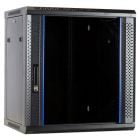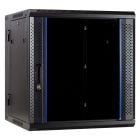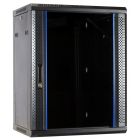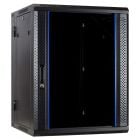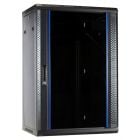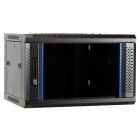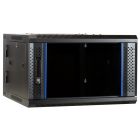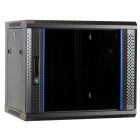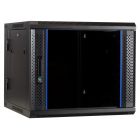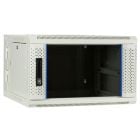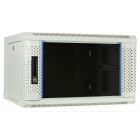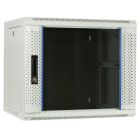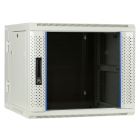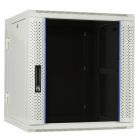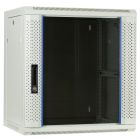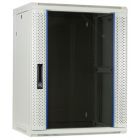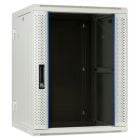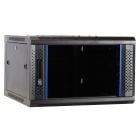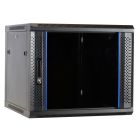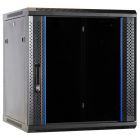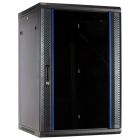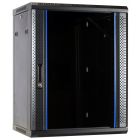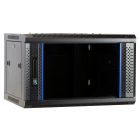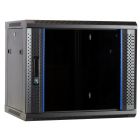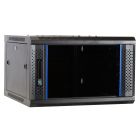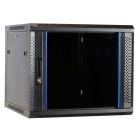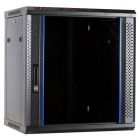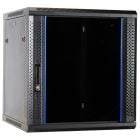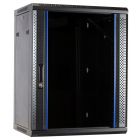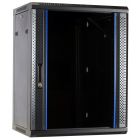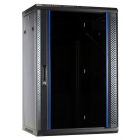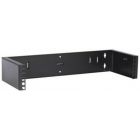You've purchased a wall rack for all your network equipment. Naturally, this rack needs to be securely attached to the wall, considering its substantial weight. This article explains what type of mounting material you need for different surfaces.
Before mounting a wall rack, the most crucial question is whether the wall is sufficiently load-bearing for the rack and all network devices. If it is, you can proceed. When mounting, pay attention to the following points:
- Know the type of material the wall is made of where you will mount the wall rack. There are many different materials; the most common ones are: stone, wood, concrete, plaster, and aerated concrete.
- Use the correct mounting materials for different types of walls.
- Ensure you use reliable, safe, and approved tools.
Below, we provide information on the mounting materials needed for each type of surface:
Stone or Concrete
Using a masonry drill, you can drill a hole of approximately 10 mm in the wall, into which you insert a 10 mm plug where an 8 mm wood screw/wood screw can be attached. Ensure you use a wood screw with a minimum length of approximately 8 centimeters. Alternatively, you can use an expansion bolt of 8 mm, drill an 8 mm hole in the wall, insert the expansion bolt, place the wall rack over it, and tighten it securely.
 |
| Masonry drill 10 mm |
 |
| Plug |
 |
| Wood Screw 8 mm |
Wood
First, drill a pilot hole with a 4 mm wood drill to prevent the wood from splitting. Then, you can attach the wall rack with 8 mm wood screws with a minimum length of approximately 3 centimeters. Ensure you use wood screws with threads up to the top of the screw head. The minimum wall thickness in this case is 22 mm.
 |
| Expansion bolt |
Plaster Wall
Mounting a wall rack on a plaster wall requires a specific approach. Plaster walls are known as single-walled and double-walled. This literally means that the double-walled plaster wall consists of two plaster plates, making it much sturdier. If you are attaching a wall rack to a double-walled plaster wall, use umbrella plugs (hollow wall plugs). Mounting a wall rack on a single-walled plaster wall is only possible if there is a plasterboard behind the wall. This must be taken into account during construction (or installation of the plaster wall).
 |
| Hollow wall plug |
Aerated Concrete
Aerated concrete blocks are lightweight because they contain solidified air bubbles in the concrete. Due to its excellent insulating and fire-resistant properties and easy processing, this material is commonly used in new construction and renovations. For mounting in aerated concrete, first, drill a hole of more than 75 mm with a 10 mm drill. Now place a special aerated concrete anchor in the hole and hammer it in with a hammer. Subsequently, tighten the aerated concrete anchor with an Allen wrench on a cordless screwdriver. When tightening, the wings at the back of the anchor spread. Once fully opened, the Allen wrench automatically releases, and you can attach the corresponding screw in the plug. The screw size varies, depending on the type of anchor, between M6 and M12.
| Aerated concrete Anchor |


